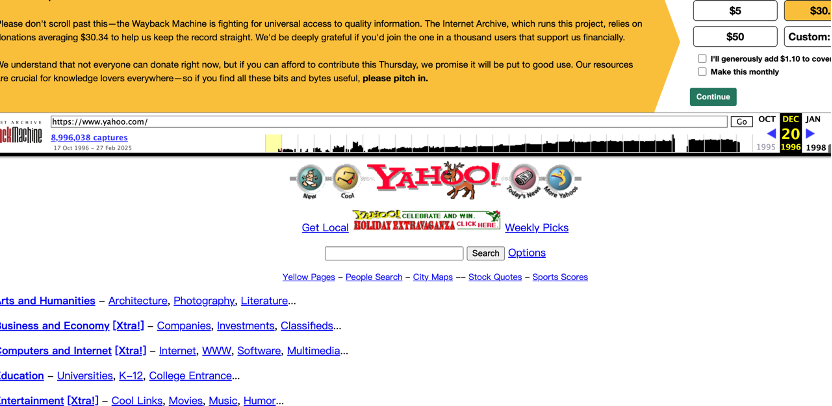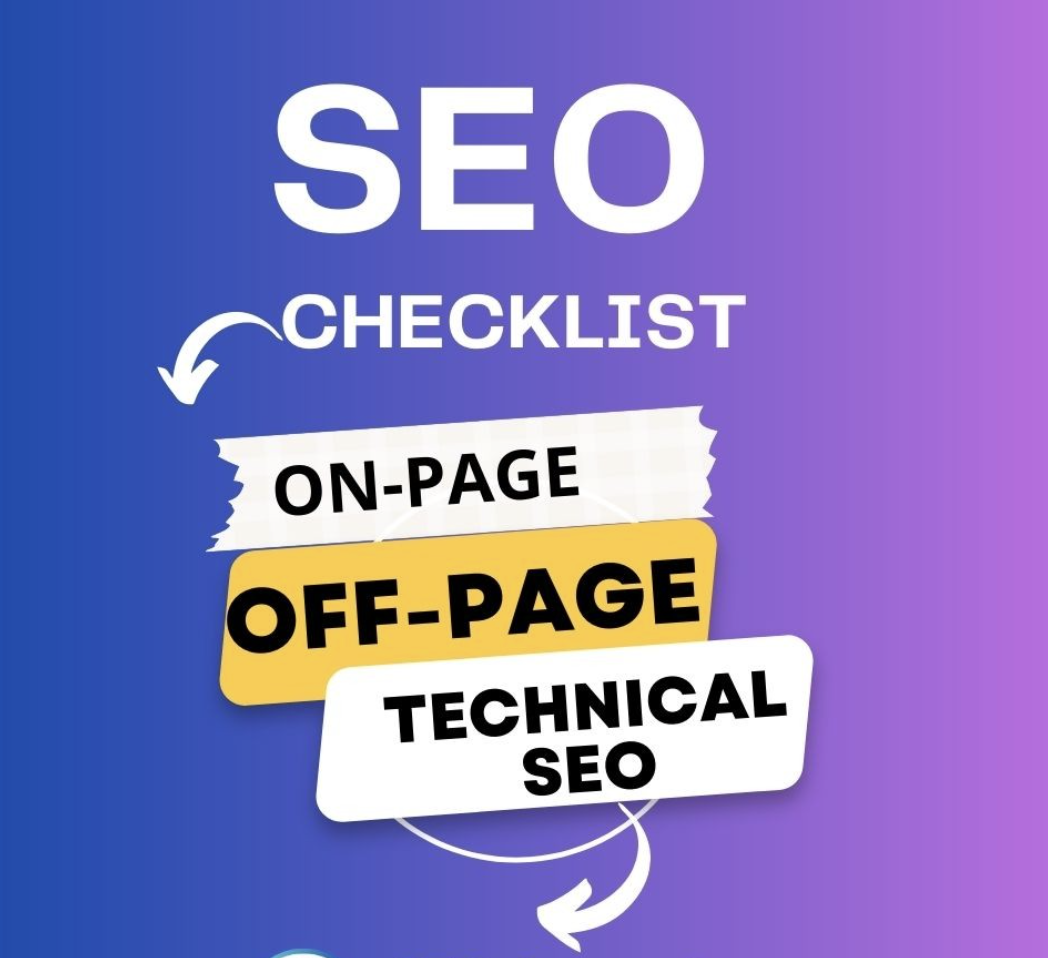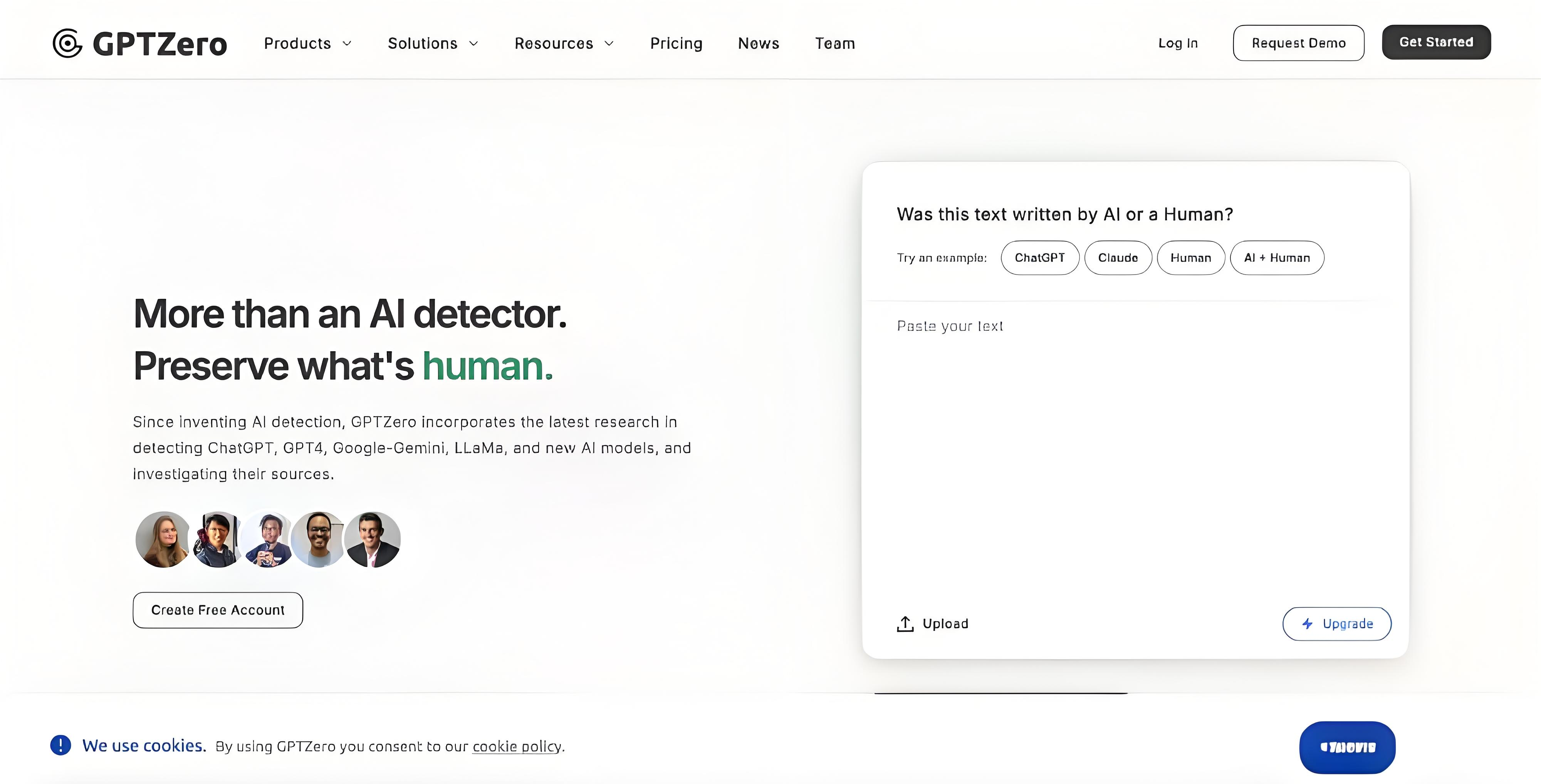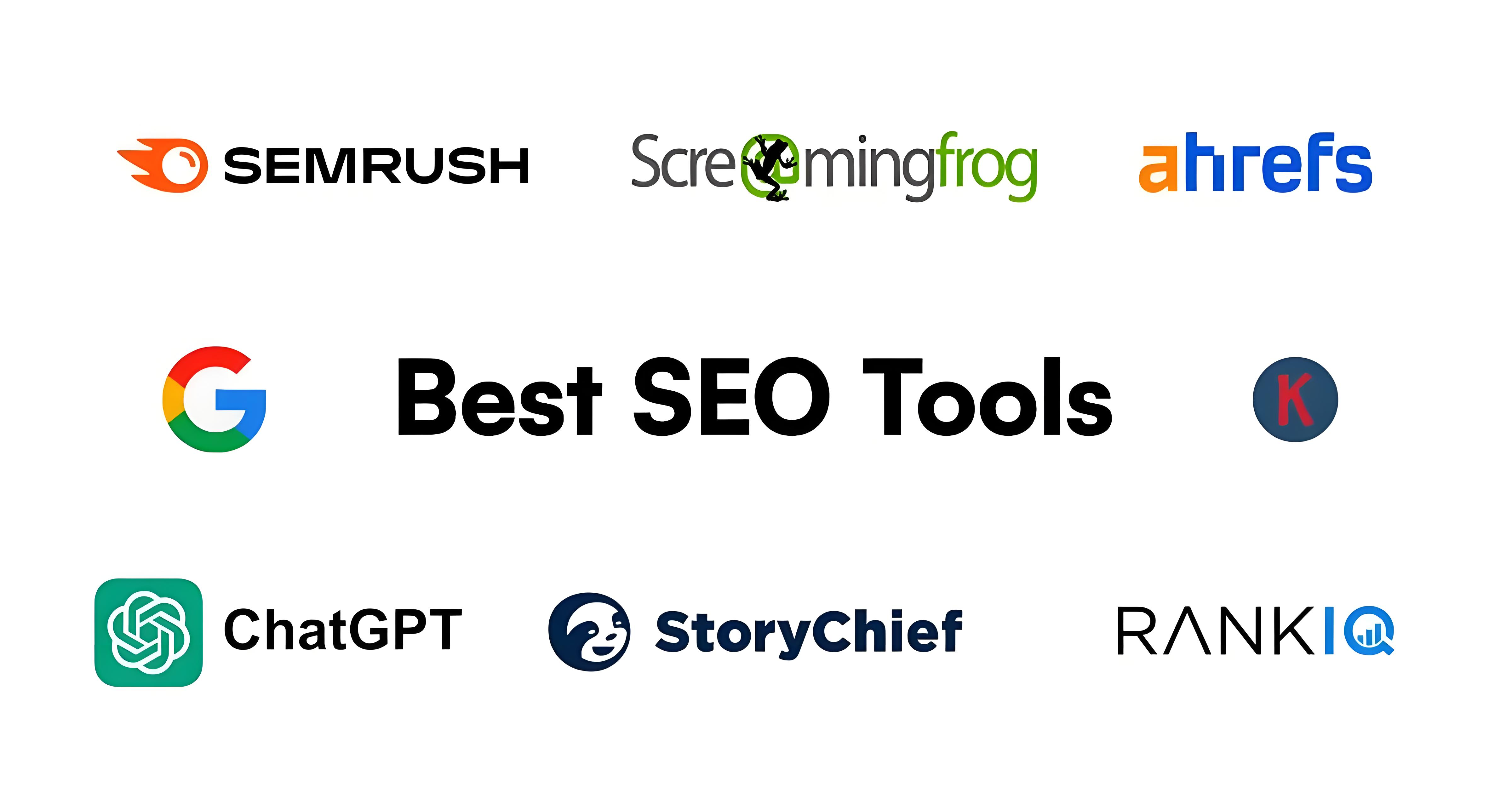
Data-Driven Independent Website Operations: How to Use Tools and Strategies to Analyze Competitors and Achieve Precise Surpassing
In the cross-border arena where traffic has peaked, independent website competition has entered the era of "microscope-level operations." This article will provide a complete Competitor Analysis SOP (Standard Operating Procedure) to help you extract growth opportunities from massive data and achieve through scientific methods.
-
The Strategic Value of Competitor Analysis: From Market Insights to Growth Decisions
Most successful people stand on the shoulders of giants. The strategy of "first imitate, then surpass" can help our independent website project achieve profitability faster. Analyzing competitors' independent websites serves different purposes at various stages.
-
Industry Outlook Insights: The Truth Behind Top Traffic
- Data Validation Rules:Use SEMRUSH to capture the organic search traffic of the Top 10 competitors (excluding brand keyword interference). If the average monthly traffic exceeds 100,000 and the annual growth rate is ≥15%, it can be judged as a high-potential (e.g., in 2023, the average monthly traffic of leading outdoor power supply sites was 320,000, with a year-on-year growth of 22%).
- Pitfall Indicators:If the traffic of the industry's Top 3 players declines by more than 20% year-on-year, be cautious of marketor platform risks (e.g., in 2022,independent websites were impacted by SHEIN, resulting in a 50% traffic drop).
- Keyword Opportunity Mining: Building a Low-Competition, High-Reward Keyword Library
When we’ve been running an independent website for a while and need to explore keywords but don’t know where to start, we can study our competitors’ independent websites to find the answers. By selecting keywords from competitors’ strategies that have low competition and high search volume for our content marketing efforts, we can significantly enhance the of our independent website with half the effort.
-
Practical Tools: In-Depth Breakdown and Data Extraction Techniques for 4 Core Tools
To do a job well, one must first sharpen their tools. Before conducting competitor analysis for independent websites, we need to prepare the following three tools. Among these, the free features of WHOIS and MOZ are sufficient for our needs, while SEMRUSH offers a 7-day free trial.
-
Historical Trajectory Restoration: Industry Penetration Rate Analysis Using Wayback Machine
This website, which I call the "Website Time Machine," helps us determine the launch date and historical changes of a target website. Below is the homepage style of Yahoo from its earliest launch.

This website not only helps us analyze competitors' websites but can also be used to assess the quality of target customers. If a customer's website has been online for many years and has consistently focused on a specific product or business, such a customer is relatively of higher quality.
-
Decoding Authority Metrics: Reverse Engineering MOZ's DA/PA Values and TD Strategies
The role and usage of MOZ have been discussed in detail in another article, covering topics such as capturing the DA value and TD settings of target websites. Therefore, I won’t elaborate on it here.
- Full-Funnel Perspective: SEMRUSH's Traffic-Keyword-Backlink Triangle Strategy
SEMRUSH is, in my opinion, the most powerful essential tool for independent website operations, offering comprehensive functionalities. It can explore target website traffic, keyword ranking data, main引流 page data, backlink building, and more! Its only drawback is its high cost, with the PRO plan priced at $120/month. You can consider group purchasing with a few companies or reach out to me for information on low-cost purchasing channels.
-
Precise Targeting: 3 Steps to Identify High-Value Competitor Independent Websites
Excellent competitor independent websites ≠ well-known industry giants. From my observation, many industry behemoths’ independent websites are not well-executed. Some even have websites that can be described as a complete mess. These companies don’t rely on their independent websites to acquire customers and often spend hundreds of thousands of dollars on web development service providers to maintain their official sites. Despite the high costs, the results are often poor.
Therefore, when searching for websites for analysis, we should not only rely on brand names to find well-known competitors. Many websites are run by lesser-known small companies that are quietly making a fortune through their independent websites.
So, how can we find these websites? Here are two methods I recommend:

-
Keyword Hunting Method: Cross-Verification of Search Intent and Ranking Results
The core keywords of an excellent independent website must rank highly. For example, if I target a specific keyword, the competitors that rank high in the natural search results are likely those with strong traffic performance.
However, there's a drawback to this approach: searching the same keyword in Hong Kong and the United States may yield different results. Therefore, the results obtained through Google search depend on the location of your VPN connection, which can lead to a partial view. So, how can we find the Google search results for a specific keyword in any target market? This is where SEMRUSH comes into play. SEMRUSH can even provide you with the monthly and of these result pages.
For instance, SEMRUSH's Position Tracking Tool allows you to track keyword rankings in any location, compare them with up to 20 competitors, and monitor performance at both national and local levels. It also provides detailed insights into SERP visibility changes. Additionally, SEMRUSH's Keyword Magic Tool helps you discover high-potential keywords and analyze their search volume, competition level, and traffic value.
By leveraging SEMRUSH, you can gain a comprehensive understanding of keyword performance across different markets, enabling you to refine your SEO strategy and outperform competitors.
-
Geographic Penetration: SEMRUSH Multi-Country Search Simulation and Traffic Heatmap
We start by entering the keywords frequently used by potential customers into the SEMRUSH search bar. The results show a high global monthly search volume for these keywords, indicating a large pool of potential customers.
Note that we have selected the United States as the target country, so the results are ranked accordingly.
-
Keyword Search Results in the United States
From the search results, we can view the monthly organic search traffic, number of ranking keywords, and backlink count for the top 100 website pages. By identifying the top 20 pages, we can determine which of these are our competitor websites. We then record their domain names for further in-depth analysis later. Once we have collected at least 10 high-performing competitor independent websites, we can begin a comprehensive analysis of their strategies.
- Competitor Expansion Tracking: Similar Site Discovery and Industry Ecosystem Mapping
After identifying several websites using the method above, we can utilize SEMRUSH's "Find Similar Sites" feature to discover more同行 websites. Simply enter the domain name of an website into the SEMRUSH search bar.
-
Data Dissection Checklist: Quantifying Competitor Operations Across 6 Dimensions
When we have filtered out many excellent competitor independent websites, we need to start analyzing and learning from them one by one. The following six aspects are essential data to thoroughly investigate when researching competitor websites:
-
Website Authority
Obtaining website authority metrics is very simple—just install the MOZ plugin.
-
Website Traffic
Enter the target website's domain into the SEMRUSH search bar, click search, and all the information you want to know about the website will appear, such as its traffic data.
-
Keyword Ranking
To understand the keyword situation of a target website, we need to focus on the following aspects:
- Keywords and Their Ranking Positions
- Main Traffic-Driving Keywords and Their Percentage of Total Traffic
- Monthly Search Volume and Ranking Difficulty of Keywords on Google
- Website Pages Corresponding to Keywords
Knowing the above points helps us select the most suitable keywords for our website and determine whether it’s worth pursuing a keyword based on its search volume and ranking difficulty. The chosen keywords must meet the following three criteria:
- Keyword Search Intent Aligns with Our Website’s Positioning: For example, if I’m a B2B swimwear外贸企业, I want customers searching for keywords like “wholesale swimwear,” “swimsuit manufacturer,” or “swimsuit factory” to land on my website, rather than those searching for “swimwear” or “bikinis,” which indicate retail purchase intent.
- High Search Volume: To compete for a keyword that’s useful to us, we might spend two days or even a week on content marketing. If a keyword has a monthly search volume of only a few dozen, the effort won’t yield a proportional return. Therefore, we should prioritize keywords with higher search volumes.
- Low Ranking Difficulty: When optimizing for organic keyword rankings, it’s essential to start with keywords that have low ranking difficulty. This approach yields faster results and doesn’t require significant investment in backlinks.
-
Main Page Content and TD Settings
To analyze the main keywords of competitors, we need to examine the content and TD (Title and Description) settings of the pages corresponding to these keywords. Using tools like the MOZ plugin, we can extract the TD settings of these pages. By sorting the Traffic % column in descending order (as shown in the figure above), the pages at the top are the main pages.
- 外链数据
For foreign trade B2B enterprises, is it necessary to spend effort on pursuing backlinks? My view is that if your marketing keywords have low competition and your team is short on staff, there is no need to invest manpower in backlink building. Instead, spending some money to purchase a few high-quality backlinks is sufficient. On the other hand, if your marketing keywords are highly competitive and have very high search volume, then not only should you invest in buying high-quality backlinks, but you should also allocate team resources to actively expand backlinks.
Backlink List of a Website
From the Backlink Analytics module in SEMRUSH, you can thoroughly analyze the backlink profile of a target competitor's website:
- Number of Referring Domains and the Specific Domains
- Trends in Backlink Quantity Changes
- Number of Backlinks and the Corresponding Pages
- Anchor Text of Backlinks
- Whether Backlinks are DOFOLLOW or NOFOLLOW
By analyzing the backlink profiles of competitors, we can strategically plan our own website’s backlink building efforts. For detailed guidance on how to execute this, please refer to articles on the topic of backlink building.
-
Social Media Account Analysis
Social media is a crucial channel for independent websites, including platforms like Facebook, LinkedIn, Instagram, and YouTube video marketing. Typically, you can find the target website’s social media account buttons in the header or footer of their homepage.
-
Overtaking Strategy: A Practical Methodology from Imitation to Domination
The ultimate goal of competitor analysis is to achieve systematic. Below is a comprehensive, from data dissection to execution, covering three major battlefields: content, traffic, and technology.
Here’s a simplified approach:
- Choose content with good marketing logic from peers to imitate and improve, fill it on your own website, and improve the conversion rate of inquiries from visiting customers. For example, sales pitch, service items, customized modules, banner design, professional introduction to production processes, etc.
- Select keywords suitable for you from peer websites to create product classification pages or article pages, and the content must surpass the pages of peers, thereby increasing the traffic of your own website.
- The TD content of the traffic pages of peer websites must be sorted, collected and summarized. The reason why the high-traffic pages of the website can attract many visitors who click in is that the page title and description account for at least 30% of the credit.
- Select websites with high DA and as relevant as possible to the industry from the external links of your peers to build external links.
有关文章


What Does International SEO Entail?
SEO学堂
Chat GPT Zero: The Necessity of AI Detection in the Field of Content Creation
SEO学堂
DTCPack Unveils Performance-Driven SEO Solutions with Revenue-Share Pricing Model
SEO学堂
Data-Driven Independent Website Operations: How to Use Tools and Strategies to Analyze Competitors and Achieve Precise Surpassing
SEO学堂

